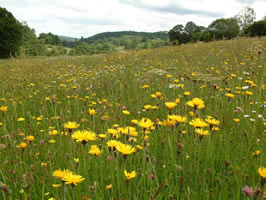
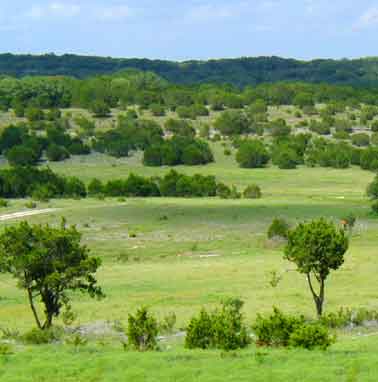
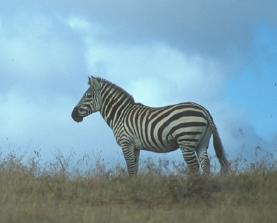
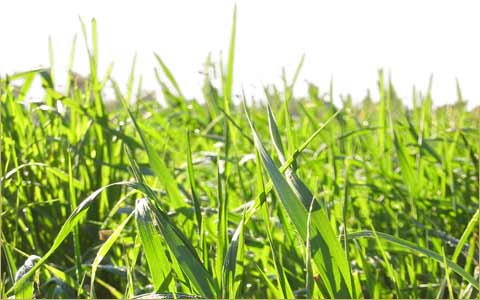
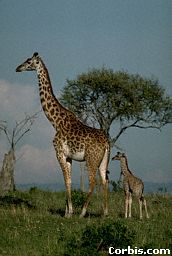
INTRODUCTION
This site will tell you about the following:
- Climate
- Animals

About one fifth of the Earth's land once had a cover of grass. Any more, the land would become a forest. Any less, the land would become a desert. Grasslands are often the transition from desert to forest. Near the forests where rainfall is abundant, trees grow intermixed with tall grasses. Trees are limited to river and stream basins. What is most striking about the grassland is how open and continuous the area is. It seems as though there is an endless ocean of grass. As the grasslands stretch away from the forests, the rain decreases and soil conditions change. Then come stretches of treeless tall grass. In semiarid regions near deserts grow short, or bunch grasses.
This is a webpage designed to give you information on the biome, Grassland. We will tell you about different kinds of information including the following: vegetation, climate, animals, and health issues. We hope that you enjoy reading this and finding information that you may need.
CLIMATE
The climate in the grassland is warm and dry which is pretty temperate. In a grassland biome, between 25 and 75 cm of rainfall yearly. The grassland occurs in the interior of the continents and rainshadows. The grassland has a very continental climate with hot summers and cold winters. There is more precipitation in the summer time then there is in the winter. The temperature is a lot warmer in the summer than in the winter. The temperature control is heating of land and the climate control is latitude because it is near the equator. The heating of land is when land heats quickly and land cools down quickly.
ANIMALS
There are many types of animals in the grasslands. Animals range from bison to zebras. Some adaptations that the animals of the grassland are being able to run away for hungry predators then hiding in a safe place were no one can get them. Also animals in the grassland are usually more active in the rainy season.
First, let's start off with the bison. Although there were once millions of bison roaming the North America grasslands, wholesale slaughter by the early European settlers brought them almost to extinction by the beginning of the 12th century. The bison are around nine and half feet tall. Male are usually brownish black. Females are usually reddish brown and are little smaller than the males.
The Bobolink is a small bird that lives in our biome. Its family is interidae: icterids. It ranges from 15-20 cm and weighs less than a pound. The female has around five to six eggs and incubates for thirteen. The Bobolink travels eight thousand miles from Argentina to Northern America and Canada.
Next is the elephant. They range from nineteen and three-fourths to twentyfour and a half feet tall. Their family is the elepahantidae: elephants. People kill these large beast for their ivory tusks and meat.
The giraffe is a large animal that ranges from nine and three-fourths to thirteen feet. The giraffe is part of the giraffidae: giraffe family. They eat buds and fruit from trees. Females carry a baby for four hundred to four hundred sixty eight days, which is called the gestation period. Young baby giraffes suckle for six to twelve months. The baby giraffe continues to grow for the next ten years of its young life.
Prarie chicken is a small bird with colorful feathers. The chicken is in the family of the tetraonianae: grouse. They stand 16 and a half to 18 inches tall. The female lays between ten to twelve eggs and the gestation period is between 21 to 28 days.
The llama is known to us as a pet but in the grassland it runs free. They are part of the camel family. Llamas are used for fiber production, show champanion, and guard animals. They are not put into breeds like horses. Llamas are classified by fiber types in their hair, short wool, medium wool, and heavy wool. They mate laying down. The female carries her young for at least eleven months.
These are just some of the animals that live in the grassland.
 
|